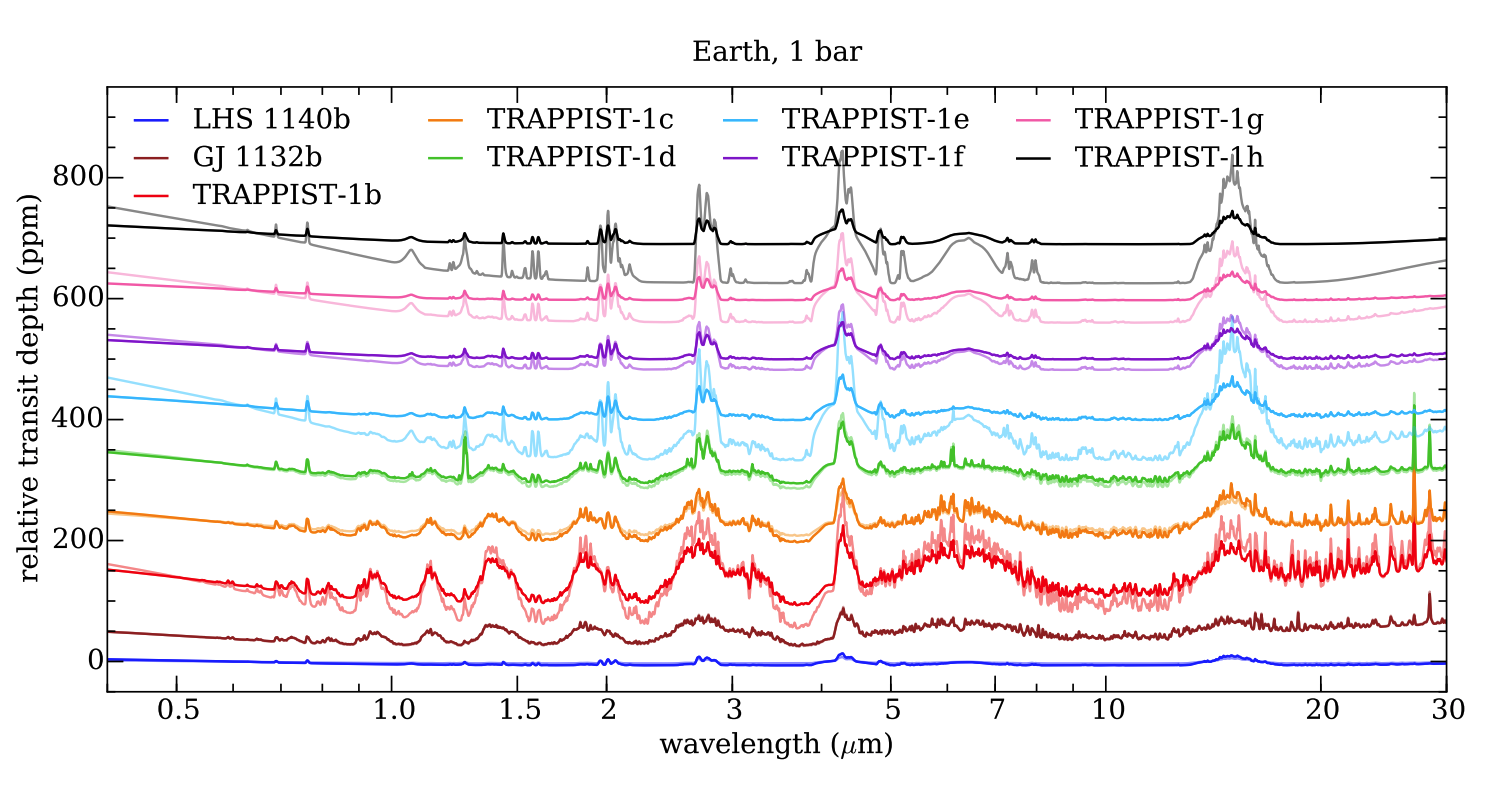
Creating Theoretical Transmission Spectra of Exoplanet Atmospheres
Physical and Biological Sciences
Astronomy and Astrophysics, Fortney Group
Exoplanets, planets that orbit other stars, are beginning to be characterized in detail thanks to advancements in telescope technology. These planets, like the ones in our solar system, have atmospheres that can be studied when they pass through our line of sight relative to their host star. The wavelength-dependent transmission through these atmospheres is telling of their structure and composition, allowing astronomers to distinguish between different atmospheric chemistries and temperature profiles. In order to determine the true nature of these planets' atmospheres, robust theoretical models are needed to 'back-out' their physical properties. Over the past 2 years, I wrote and validated a new transmission spectrum model to create theoretical spectra of exoplanet atmospheres. This python-based code has been used in two research papers so far, where I created spectra of a hot Jupiter exoplanet and hundreds of spectra for 9 different terrestrial exoplanet atmospheres. One paper is published in the Astrophysical Journal, and the other has been accepted to Nature Astronomy. My spectra helped to find that the atmospheres of the well-publicized Earth-sized TRAPPIST-1 exoplanets are potentially observable with the upcoming James Webb Space Telescope (JWST). I also helped find the precise sodium abundance of WASP-96b, a hot Jupiter-type. I have presented my work at the Kepler SciCon IV conference at NASA Ames in June, and the 231st American Astronomical Society Meeting this January.